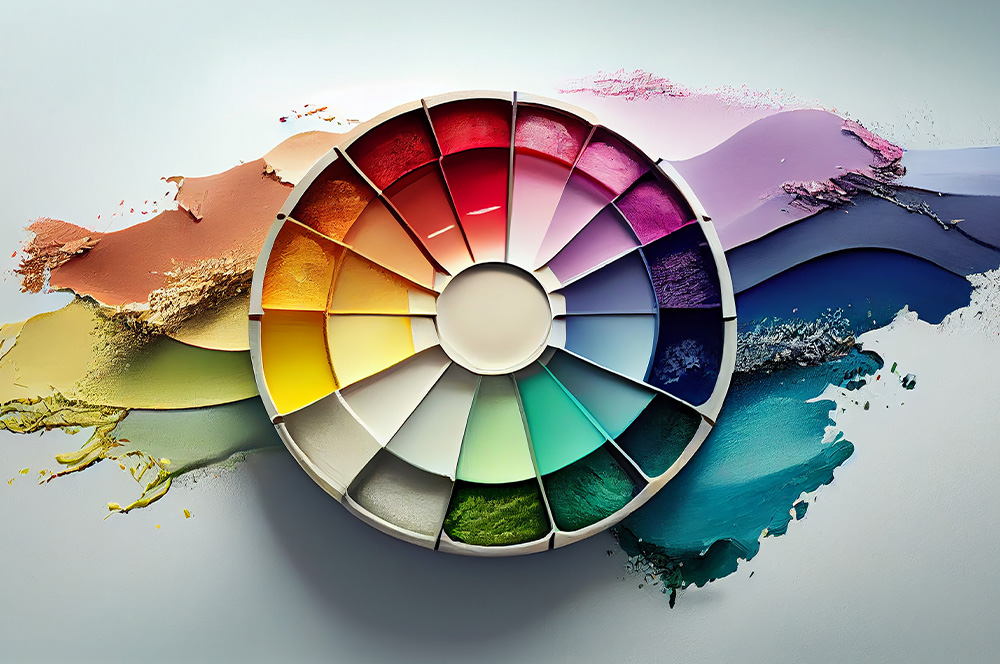
Color Psychology in Design: How Hues Influence Emotions and Behavior
Color is a powerful tool in the world of design, capable of evoking emotions, influencing decisions, and shaping perceptions. Understanding color psychology is essential for designers looking to create impactful and effective visual communications. In this article, we’ll delve into the fascinating world of color psychology in design, exploring how different hues can influence human emotions and behavior.
The Basics of Color Psychology
- Warm vs. Cool Colors
Warm Colors (e.g., red, orange, yellow): These colors are associated with energy, warmth, and passion. They can create a sense of urgency and excitement.
Cool Colors (e.g., blue, green, purple): Cool colors are calming and often associated with tranquility, trustworthiness, and professionalism.
- Saturation and Intensity
Highly Saturated Colors: Vibrant, intense colors can grab attention and convey energy and enthusiasm.
Low-Saturation Colors: Softer, less intense colors are more soothing and subtle.
- Cultural and Personal Associations
Colors can have cultural and personal associations that vary from one person or society to another. For example, in some cultures, white is associated with purity and weddings, while in others, it symbolizes mourning.
Emotions and Behaviors Associated with Colors
Understanding the psychological effects of different colors is crucial for making informed design choices. Here’s a breakdown of common emotions and behaviors associated with specific colors:
- Red
Emotions: Passion, excitement, love, anger
Applications: Often used to create urgency, draw attention, and convey strong emotions.
- Blue
Emotions: Calm, trust, reliability, sadness
Applications: Frequently used in corporate settings to convey professionalism and trustworthiness.
- Yellow
Emotions: Happiness, optimism, caution
Applications: Used to evoke positive and cheerful feelings; caution in traffic signs.
- Green
Emotions: Relaxation, growth, harmony
Applications: Associated with nature and used to convey health, freshness, and tranquility.
- Purple
Emotions: Royalty, luxury, creativity
Applications: Often used in high-end or creative industries to convey elegance and creativity.
- Black
Emotions: Elegance, sophistication, mystery
Applications: Commonly used in luxury branding and high-fashion design.
Color psychology in design is a fascinating and powerful tool that can help you create visually appealing and emotionally resonant designs. By understanding the psychological effects of different colors and applying this knowledge thoughtfully, you can engage your audience on a deeper level and effectively communicate your message, whether you’re designing a logo, website, marketing materials, or any other visual content.


